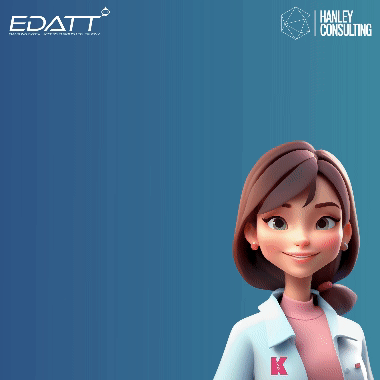The Summary Care Record, an application which enables clinical staff to see potentially life-saving information has hit a milestone 100,000 views this week, according to NHS Digital.
First launched in October 2010, the Summary Care Record (SCR) is an electronic record of important patient information, created from GP medical records. It can be seen and used by authorised staff in other areas of the health and care system involved in the patient’s direct care. It contains information about current medication as well as allergies and previous bad reactions to medication, along with other information if authorised by the patient.
Over 96 per cent of the population has an SCR, and with 99 per cent of all GP practices now contributing to it, uptake amongst secondary care providers is continuing to increase. Patients remain in control of their care record visibility, and GPs can enhance the record by adding more information – for example, past medical history, vaccinations and end-of-life care information.
Health and care staff can access SCR through the Spine web portal.
Eve Roodhouse, Head of Implementation and Business Change at NHS Digital, said:
“The Summary Care Record is a valuable application to quickly enable clinicians to view essential information, saving time, money and potentially lives.
“It’s fantastic to hit 100,000 views in a week. We continue to work with care providers across the health and social care system to help them make the most of the Summary Care Record and are looking forwards to seeing usage continue to grow.”
Dr Mark Simpson, Clinical Director of Acute and Emergency medicine at Hull and East Yorkshire Hospitals NHS Trust added:
“Since Hull and East Yorkshire hospitals went live with our electronic patient records, the uptake of the summary care record by staff has gone from approximately 500 cases per week to 2,500 cases per week. This is largely down to the ease of use of the summary care record, and has resulted in improved patient care, especially when it’s important to know what medication a patient is taking out of usual working hours.”




